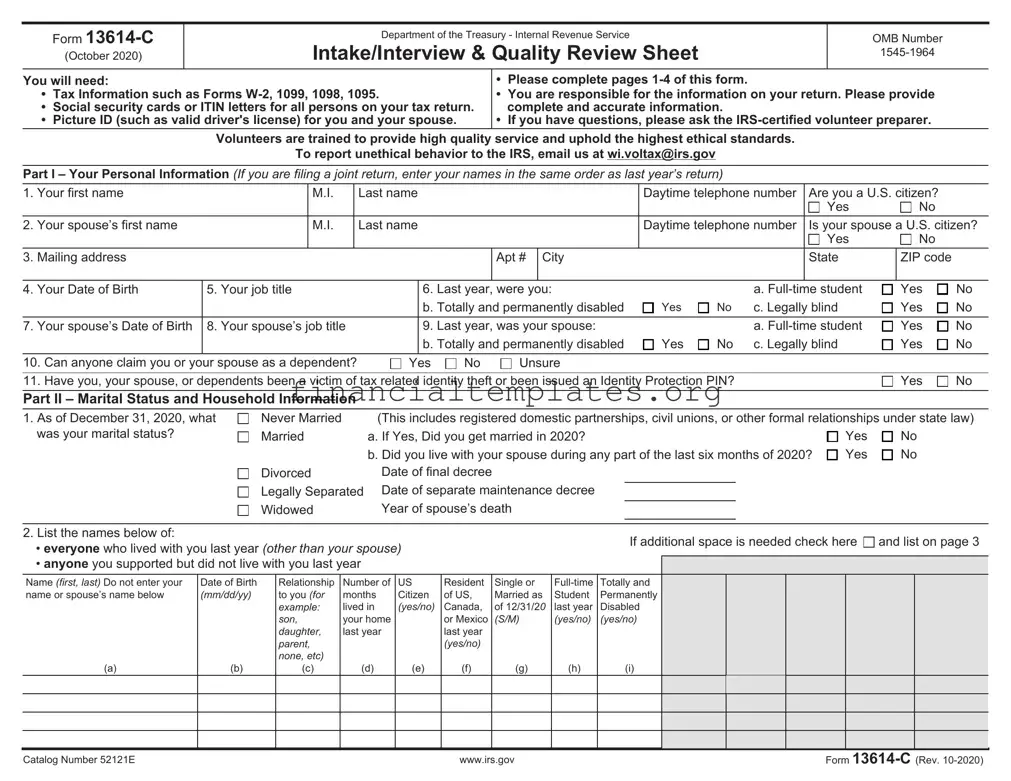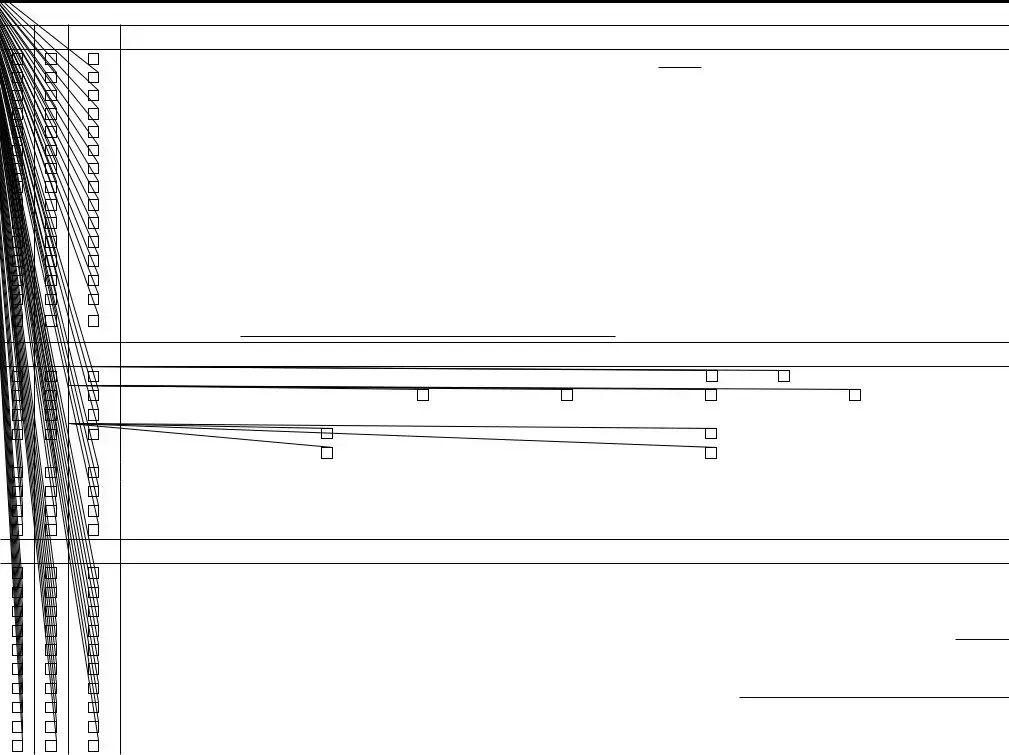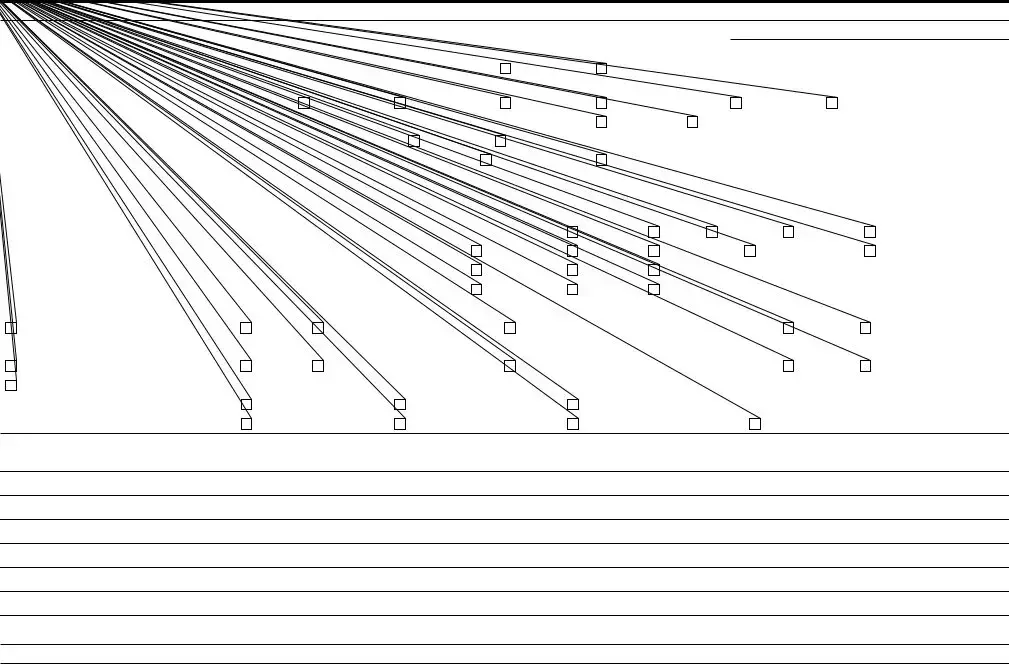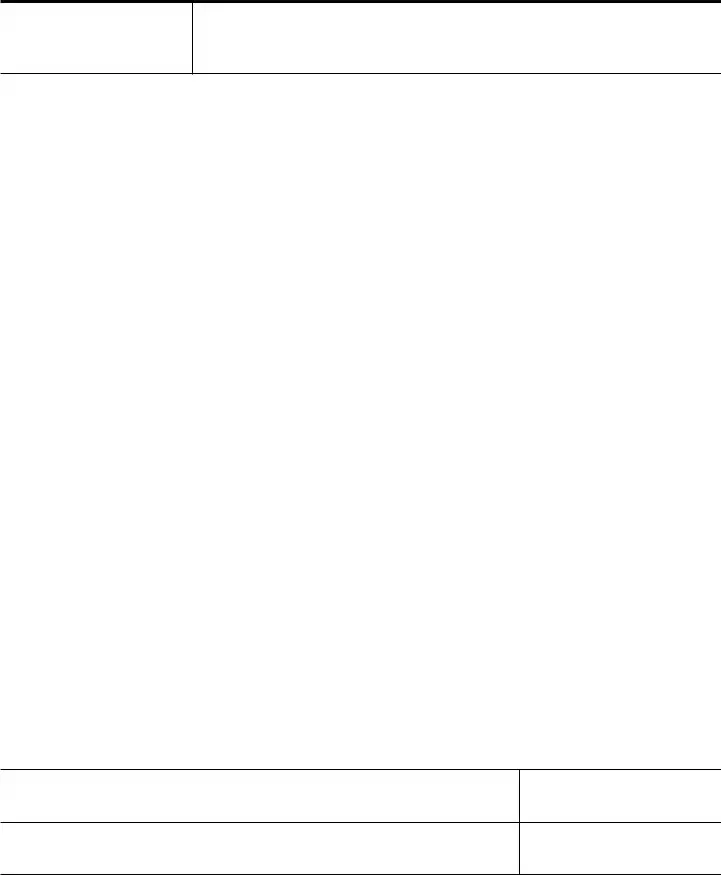Federal Disclosure:
Federal law requires this consent form be provided to you. Unless authorized by law, we cannot disclose your tax return information to third parties for purposes other than the preparation and filing of your tax return without your consent. If you consent to the disclosure of your tax return information, Federal law may not protect your tax return information from further use or distribution.
You are not required to complete this form to engage our tax return preparation services. If we obtain your signature on this form by conditioning our tax return preparation services on your consent, your consent will not be valid. If you agree to the disclosure of your tax return information, your consent is valid for the amount of time that you specify. If you do not specify the duration of your consent, your consent is valid for one year from the date of signature.
Terms:
Global Carry Forward of data allows TaxSlayer LLC, the provider of the VITA/TCE tax software, to make your tax return information available to ANY volunteer site participating in the IRS's VITA/TCE program that you select to prepare a tax return in the next filing season. This means you will be able to visit any volunteer site using TaxSlayer next year and have your tax return populate with your current year data, regardless of where you filed your tax return this year. This consent is valid through November 30, 2023.
The tax return information that will be disclosed includes, but is not limited to, demographic, financial and other personally identifiable information, about you, your tax return and your sources of income, which was input into the tax preparation software for the purpose of preparing your tax return. This information includes your name, address, date of birth, phone number, SSN, filing status, occupation, employer's name and address, and the amounts and sources of income, deductions and credits that were claimed on, or contained within, your tax return. The tax return information that will be disclosed also includes the name, SSN, date of birth, and relationship of any dependents that were claimed on your tax return.
You do not need to provide consent for the VITA/TCE partner preparing your tax return this year. Global Carry Forward will assist you only if you visit a different VITA or TCE partner next year that uses TaxSlayer.
Limitation on the Duration of Consent: I/we, the taxpayer, do not wish to limit the duration of the consent of the disclosure of tax return information to a date earlier than presented above (November 30, 2023). If I/we wish to limit the duration of the consent of the disclosure to an earlier date, I/we will deny consent.
Limitation on the Scope of Disclosure: I/we, the taxpayer, do not wish to limit the scope of the disclosure of tax return information further than presented above. If I/we wish to limit the scope of the disclosure of tax return information further than presented above, I/we will deny consent.
Consent:
I/we, the taxpayer, have read the above information.
I/we hereby consent to the disclosure of tax return information described in the Global Carry Forward terms above and allow the tax return preparer to enter a PIN in the tax preparation software on my behalf to verify that I/we consent to the terms of this disclosure.




